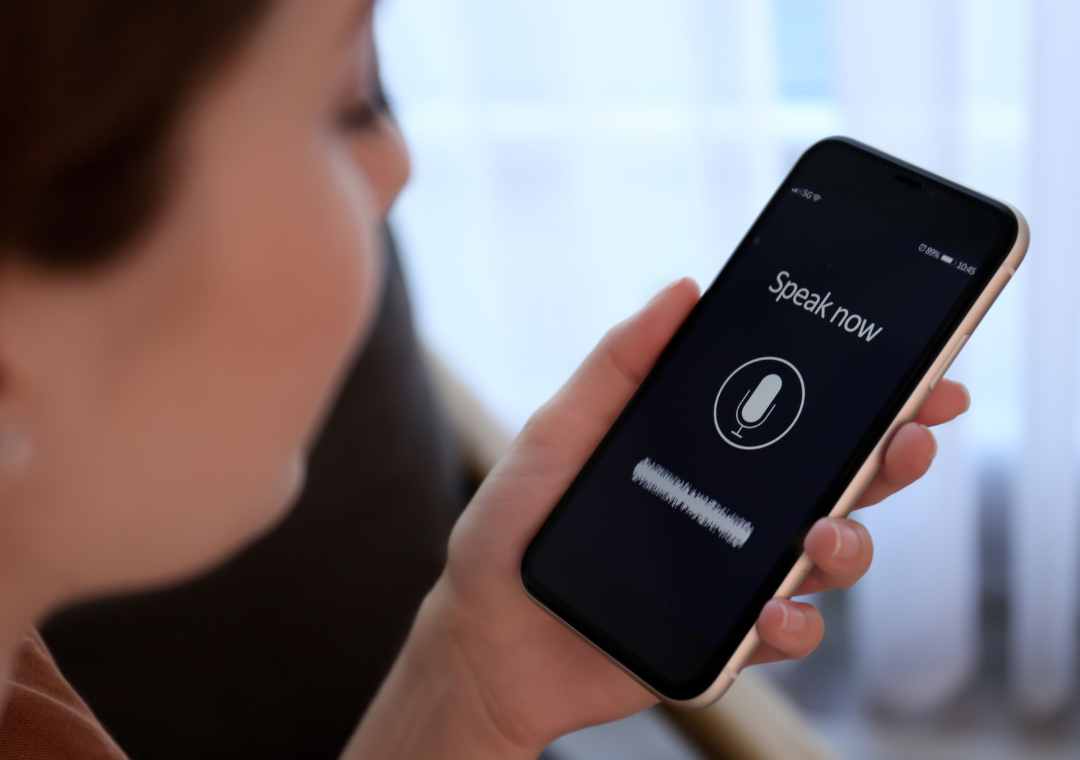Building a More Inclusive Digital World | Capability @ Lunch Recap

What does an accessible digital world look like — and who benefits from it?
At our second Capability @ Lunch session of the year, we explored the foundations of digital accessibility with Gillian McCarthy and Catherine Caudwell. Together, they shared the why and how of designing digital spaces for everyone.
Understanding Web Accessibility
Gillian and Catherine kicked off the session by sharing the definition of web accessibility from the W3C Web Accessibility Initiative:
“Web accessibility means that websites, tools, and technologies are designed and developed so that people with disabilities can use them. More specifically, people must be able to perceive, understand, navigate, interact with and contribute to the Web. Web accessibility addresses all disabilities that affect access to the Web, including auditory, cognitive, neurological, physical, speech and visual.”
This definition sets a powerful standard — one that places people with disabilities at the centre, while recognising that accessibility benefits all of us. As Gillian and Catherine pointed out, tools like closed captions, initially designed for hard-of-hearing users, also help people in noisy environments, language learners, and anyone multitasking.
Designing for inclusion is not just the right thing to do, it’s the smart thing to do.
Language Matters: Talking About Disability with Respect
The conversation moved into the language we use around disability — and why it matters. Drawing on resources from the Australian Disability Advocacy Resource Unit, Gillian and Catherine explained the important distinction between an impairment and a disability:
- Impairment: A difference or loss of function from genetic factors, illness or injury.
- Disability: An inability to take part in everyday activities on an equal basis with others due to barriers created by mainstream society.
They also shared important Aotearoa-specific conventions. Here, we refer to disabled people, not people with disabilities — acknowledging that disability is a social and political identity. We also heard about the term tangata whaikaha, a te reo Māori term meaning “people who are determined to strengthen and empower themselves” — another example of people-first language that recognises mana and agency.
Further illustrating the richness of inclusive language, they explained that capitalising ‘Deaf’ signifies belonging to the Deaf community, while lowercase ‘deaf’ refers specifically to hearing loss. Language is a key part of accessibility — and a vital step towards building more inclusive mindsets.
Accessibility in Action: Seeing Through a Different Lens
To bring these concepts to life, Gillian and Catherine shared a powerful video showing how Matt, a legally blind user, navigates the internet using a screen reader. Watching his experience in real time helped everyone appreciate the importance of thoughtful design — not just for aesthetics, but for access, dignity, and independence.
From there, the session moved into practical guidance using the internationally recognised WCAG 2.0 framework — the Web Content Accessibility Guidelines — built around the acronym POUR:
- Perceivable: Content must be presented in ways users can perceive (e.g., captions for videos, alt text for images, strong colour contrast).
- Operable: Interfaces must work for all users, regardless of their input method (e.g., keyboard or voice navigation).
- Understandable: Language should be clear, layouts intuitive, and feedback meaningful (e.g., helpful error messages).
- Robust: Content needs to function reliably across devices and assistive technologies (e.g., valid HTML code).
These principles serve as a practical roadmap for organisations at any stage of their digital accessibility journey.
Why It Matters: The Case for Accessibility
As the session concluded, the presenters offered four compelling reasons why digital accessibility is not optional — it’s essential.
- It’s a human right
Aotearoa New Zealand is a signatory to the United Nations Convention on the Rights of Persons with Disabilities (UNCRPD), affirming our commitment to equality and inclusion in all areas of life — including the digital world. - It’s a legal obligation
Accessibility is embedded in legislation and government expectations, such as the Plain Language Act, the Accessibility Charter, and the New Zealand Government Web Accessibility Standard. - It’s good for business
One in six New Zealanders — around 17% of the population — identifies as disabled (according to the Household Disability Survey). If your products, services, or websites aren’t accessible, you’re excluding a large and valuable segment of the population. - It drives innovation
Many everyday tools and technologies — including the typewriter — originated from a need to improve accessibility. Designing for inclusion often leads to breakthroughs that benefit everyone.
Moving Forward Together
Our Capability @ Lunch sessions are all about sparking curiosity, encouraging reflection, and equipping professionals with practical tools for positive change. This kōrero on digital accessibility did just that — reminding us that accessibility is not a feature, but a foundation.
If you want to learn more about digital accessibility, register for our micro-credential, Introduction to Digital Accessibility: Delivering inclusive digital content and attend the Digital Accessibility Discussion Group, facilitated by Tasmin Ewing.
These sessions are proudly brought to you by Kāpuhipuhi Wellington Uni-Professional in partnership with Hāpai Public (formerly IPANZ).
Find more programmes that we offer
Contact usWe customise specific programmes for many New Zealand organisations – from short ‘in-house’ courses for employee groups, to executive education, or creating workshops within your existing programmes or events.